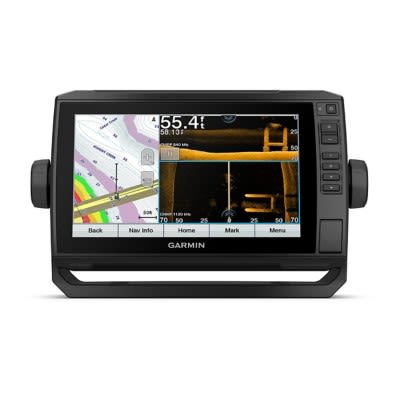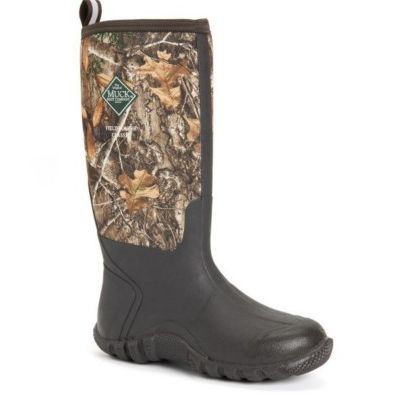Today's Best Fishing Times
Get the best fishing times for Lake Yankton with Lake-Link's Fishing Forecast. SEE MORE
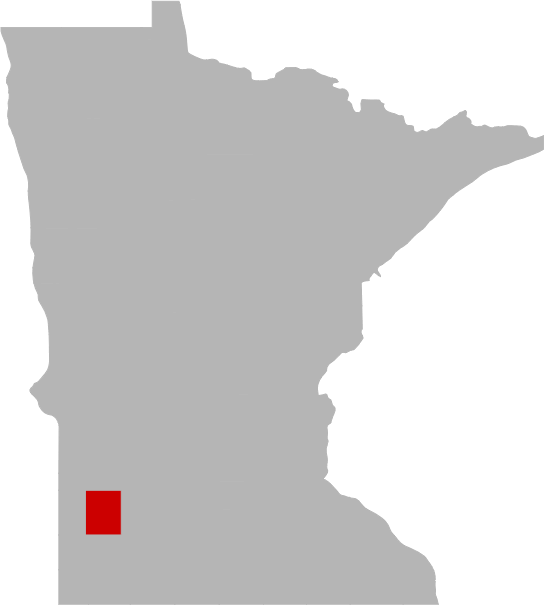
Share your catch!
We want to see what you've caught on Lake Yankton.Frequently Asked Questions About Lake Yankton, MN
- How big is Lake Yankton?
- How deep is Lake Yankton?
- What kind of fish can you catch in Lake Yankton?
- Are there places to stay in the Lake Yankton area?
- Are there boat launches on Lake Yankton?
- Are there places to eat and drink near Lake Yankton?
- Are there any state parks near Lake Yankton?
How big is Lake Yankton?
How deep is Lake Yankton?
What kind of fish can you catch in Lake Yankton?
Other fish species in the lake include Fathead Minnow, Green Sunfish, Johnny Darter, Orangespotted Sunfish and White Sucker.
Are there places to stay in the Lake Yankton area?
More Lodging Options
Are there boat launches on Lake Yankton?
Are there places to eat and drink near Lake Yankton?
Explore the Lake Yankton area in a RV
Are you looking for an adventurous vacation option that won't break the bank? Look no further than renting an RV! Contrary to popular belief, the process is much simpler than you might imagine. With just a few easy steps, you'll soon be experiencing the ultimate freedom and convenience of exploring the open road in your very own recreational vehicle. And the best part? RV travel can save you up to 60% compared to other types of vacations! With the money you'll save, you'll be able to travel even more and create unforgettable memories along the way. So why wait? Start planning your next adventure today with an RV rental. Learn more about renting a RV.
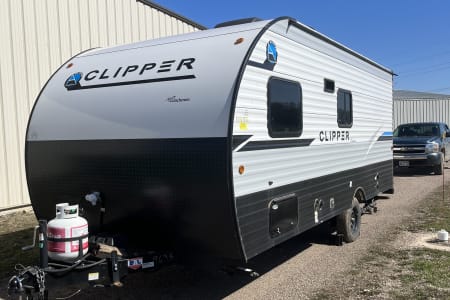
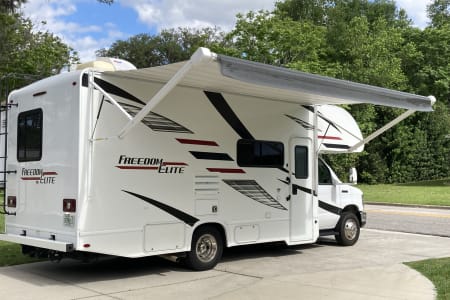
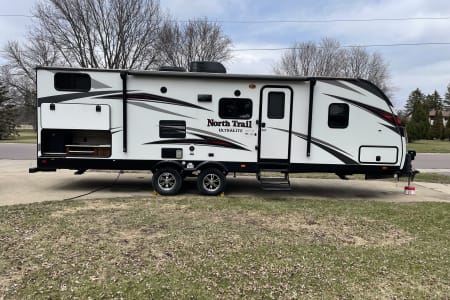
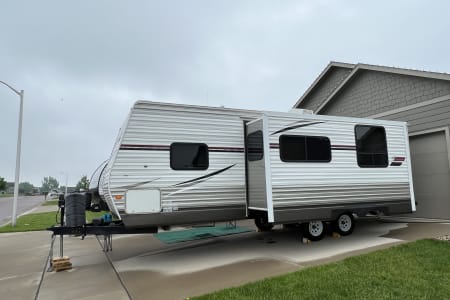
History & Status of the Fishery
INTRODUCTION
Yankton Lake is a 387-acre lake located in the City of Balaton in Lyon County. Yankton Lake has a maximum depth of 8.0 feet, and a watershed to lake ratio of 3 to 1. Despite having a small watershed, Yankton Lake's water quality is poor with a secchi depth of 0.8 ft in 2014 and heavy algae blooms and turbid water throughout much of the year. An aeration system was installed in 1983, and since, severe winterkill has not been documented. Yankton Lake is managed primarily for walleye and secondarily for northern pike, crappie, and yellow perch. To maintain the walleye population, walleye fry are stocked two out of three years (2011, 2012, 2014, 2015, 2017, and 2018). Populations of yellow perch, crappie, and northern pike are sustained primarily through natural reproduction, as stocking of these species has not occurred except for the northern pike fingerling stocking in 2008. A population assessment was conducted during the week of June 16, 2014 to monitor fish populations using three gill nets and nine trap nets.
WALLEYE
The 2014 walleye catch rate of 8.3 per gill net is within the expected range of catch rates for similar lakes (2.3 to 18.1 per gill net), but is the lowest walleye catch rate that has been documented for Yankton Lake. Prior to 2014, catch rates varied from 10.2 per gill net in 1998 to 24.0 per gill net in 2002 and have averaged 14.2 per gill net since 1985. Size structure of the population was stable walleye ranged in length from 7.8 to 27.6 inches and averaged 18.6 inches. Six year classes of walleye were sampled including year classes from 2013 (age-1), 2012 (age-2), 2011 (age-3), 2009 (age-5), 2008 (age-6), and 2003 (age-11), all of which correspond to walleye fry stocking events, except for the 2013 year class, which is likely the result of natural reproduction. Mean back-calculated lengths at age for walleye were 8.9 inches at age-1, 12.6 inches at age-2, 15.7 inches at age-3, and 17.8 inches at age-4, indicating relatively slow growth when compared to walleye growth from similar lakes. Walleye were plump, suggesting that ample forage is available in Yankton Lake. Yankton Lake's walleye population appears to be stable as multiple year classes and lengths are present. Although the walleye catch rate is below the desired level (12.0 per gill net), it appears that the fry stocking in 2014 was successful, as near shore survey conducted on July 3, 2014 sampled 40 age-0 walleye. If the 2014 year class recruits to the fishery, the walleye catch rate should increase as these fish become vulnerable to the sampling gear. The current walleye fry stocking regime of 2 out of 3 years should continue as it is effective at maintaining multiple year classes in the population.
NORTHERN PIKE
Catch rates of northern pike in Yankton Lake have varied from 0.8 per gill net in 1994 to 9.0 per gill net in 2002 and have averaged 3.0 per gill net since 1985. The 2014 catch rate of 4.3 per gill net is the second highest catch rate observed on Yankton Lake, and is within the expected range of catch rates for similar lakes (1.1 to 8.0 per gill net). Northern pike fingerlings were last stocked in 2008, indicating that the northern pike population is maintained primarily through natural reproduction. Several wetlands are present around Yankton Lake, which can provide high quality northern pike spawning habitat if water levels are high enough to connect Yankton Lake to these wetlands. Northern pike ranged in length from 16.4 to 30.5 inches and averaged 21.3 inches. Northern pike were plump, indicating that northern pike are foraging successfully in Yankton Lake. The northern pike population appears to be somewhat stable, as it is comprised of multiple year classes and a wide range of lengths.
YELLOW PERCH
Yellow perch catch rates have been highly variable in Yankton Lake, ranging from 2.6 per gill net in 1990 to 33.0 per gill net in 2002, and averaging 13.6 per gill net since 1985. In 2014 yellow perch were captured at a rate of 4.3 per gill net which is the second lowest yellow perch catch rate observed on Yankton Lake, but is within the expected range of catch rates for similar lakes (2.7 to 25.0 per gill net). The population is sustained through natural reproduction, as evidenced by the capture of 17 YOY yellow perch during a July, 3, 2014 near shore survey. This suggests that adequate brood stock exists to maintain the yellow perch population. Yellow perch were small, ranging from 5.1 to 10.4 inches, with 92 percent of them being less than 6.0 inches in length.
BLACK CRAPPIE
Black crappie catch rates have steadily declined in Yankton Lake since 1994. Trap net catch rates in 1994, 1998, 2002, 2006, 2010, and 2014 were 63.3 per trap net, 33.4 per trap net, 24.4 per trap net, 19.0 per trap net, 6.8 per trap net, and 1.9 per trap net, respectively. Black crappie recruitment tends to be highly variable and cyclic, with strong year classes reoccurring every three to five years. Populations are often comprised of one or two strong year classes because of this cyclic recruitment. Within the last couple of decades, Yankton Lake's black crappie population has not been able to produce the strong year classes typical of other crappie populations. The lack of a strong year class in recent years, and inconsistent recruitment has likely contributed to the decline of the crappie population in Yankton Lake. There appears to be at least three year classes present in Yankton Lake's crappie population, including YOY black crappie sampled in the July near shore survey (age-0; N=29), black crappie from 4.0 to 5.5 inches in length (age-1; N=5), and black crappie from 10.0 to 12.6 inches in length (age-4 plus; N=12); however, there are missing year classes, and the year classes that are present appear to be relatively weak. Black crappies were plump, suggesting that ample forage exists in Yankton Lake.
OTHER SPECIES
Black bullhead abundance has varied from 0.0 per gill net in 2010 to 122.0 per gill net in 1985. In 2014, bullheads were captured at a rate of 103.7 per gill net and 14.2 per trap net, both within expected ranges of catch rates for similar lakes. Lengths of black bullheads ranged from 4.6 to 11.3 inches and averaged 7.7 inches. With low numbers of yellow perch present in Yankton Lake, the black bullhead should provide a good forage base for the walleye population.
Common carp numbers remained stable from the 2010 assessment (6.3 per gill net), with a catch rate of 5.7 per gill net in 2014. Common carp lengths ranged from 8.0 to 29.9 inches and averaged 16.0 inches. Fifty-nine percent of common carp sampled were less than 10.0 inches in length.
The 2014 catch rate of bigmouth buffalo was 11.0 per gill net, which is the second highest catch rate observed on Yankton Lake. All of the buffalo sampled were between 6.5 and 8.4 inches, likely all from the same year class. Young-of-the-year buffalo (N=910) were also sampled in the July 3, 2014 near shore survey, indicating that 2014 year class is abundant.
Other species sampled included white sucker and yellow bullhead.
Plants in the water and at the water's edge provide habitat, prevent erosion, and absorb excess nutrients. Shrubs, trees, and woody debris such as fallen trees or limbs provide good habitat both above and below the water and should be left in place. By leaving a buffer strip of natural vegetation along the shoreline, property owners can reduce erosion, help maintain or improve water quality, and provide habitat and travel corridors for wildlife.
Best management practices within the watershed (no-till farming, cover crops, buffer strips, targeted fertilizer application, reduced or metered tiling) would help reduce nutrients entering the lake. High nutrient and sediment input can cause algae blooms and reduce overall water quality. Any improvements in the watershed are likely to have positive impacts on the fishery.
Prepared by Jonah Dagel
Are there any state parks near Lake Yankton?
For more Minnesota State Park information see our State Park Guide.
More Nearby Lakes To Explore
There's more lake's to explore around Lake Yankton...| DISTANCE | ACRES | MAX DEPTH | |
| Rock Lake | 4.1 mi | 379 | 7.9 ft |
| Brawner Lake | 6.7 mi | 30 | 18 ft |
| Unnamed Lake | 6.8 mi | 53 | 6 ft |
| Currant Lake | 7.0 mi | 406 | 9.5 ft |
| Clear Lake | 7.1 mi | 66 | 11 ft |
| Lake Sarah | 7.9 mi | 1,209 | 10 ft |
| Sanderson Lake | 8.5 mi | 92 | 6 ft |
| Section Thirty-Three Lake | 9.0 mi | 108 | 6 ft |
| East Twin Lake | 9.1 mi | 356 | 22 ft |
| West Twin Lake | 10.1 mi | 220 | 10 ft |






